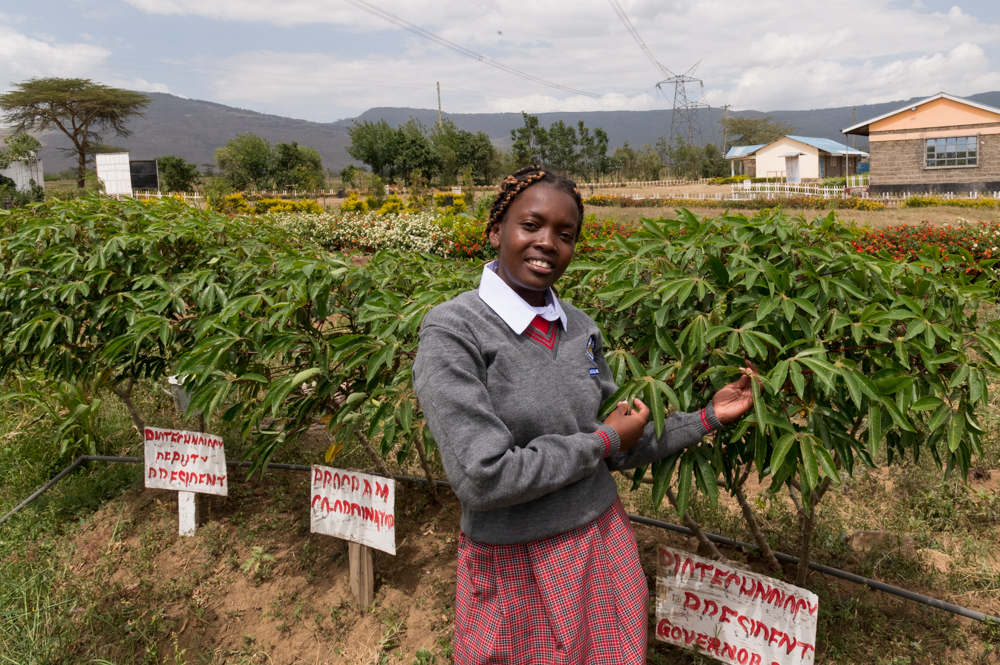
Learners in Kenyan schools today can no longer not treat science as an option.
It is the platform upon which decisions on their diet, health, travel, and education are anchored. For them to have a head start, the government must invest in early exposure to science in education.
This year’s theme for the International Day of Education, Invest in people, Prioritize education, is apt since globally, the most promising jobs and careers are all rooted in science education.
On International Day of Education, we reflect on the decisions made in Kenya in the last decade in relation to early exposure to science in education.
Over the period, the education sector has received a constantly bigger allocation of funds in the national budget. The education sector currently gets an allocation of 6 percent of the Gross Domestic Product (GDP).
The government has also crafted new policies and development plans that have in effect moved mathematics, science, and technology from the periphery to the center of the priority investment matrix.
Gross enrolment in pre-primary, primary, and secondary schools has improved with some counties recording 99 percent enrolment rates.
The elevation and targeted investment in the Centre for Mathematics, Science and Technology Education in Africa (CEMASTEA) as an institution under the Ministry of Education, Science and Technology (MOEST) is a manifestation of the commitment both as a driver for the sector and the nation towards its Vision 2030 goals.
The center has the mandate to build the capacity of science teachers for effective classroom practices in Kenya and other countries in sub-Saharan Africa.
This is achieved through the Strengthening of Mathematics and Science Education (SMASE) In-service Education and Training (INSET) programs for schools in the country and the region.
The current administration has a particular interest and has shown political goodwill to champion STEM and investment in Technical and Vocation Colleges.
In secondary schools, the ministry is investing in laboratories under World Bank-supported projects.
The just-released results for the 2022 Kenya Certificate for Secondary Education (KCSE) examinations paint a picture worth considering.
The Cabinet Secretary for Education stated that between now and May 2023, the government will spend 77 million dollars (Sh9.6 billion) on Junior Secondary schools.
That translates to 120 dollars (Sh15,000) per learner with 32 dollars (Sh4,000) of the amount going to the construction of laboratories.
Based on those figures, it is clear that this administration has science at the heart of its decision-making and practice guidelines in education.
The candidates who sat KCSE last year were 881,416. That means Kenya will likely have one million candidates in under four years if the current annual candidature growth rate of 6.6 percent is sustained.
An interesting observation is gender parity attainment in both primary and secondary education.
The boys who sat the examination were 443,644 while the girls were 437,772, reflecting a percentage of 50.33 percent and 49.60 percent, respectively.
Though these figures reflect near-parity, there is a need to invest more in supporting girls and women in science so they can catch up with the men.
The Kenya National Education Sector Plan 2018-2022 which has been in use as the sector’s blueprint emphasizes more investment in Science, Mathematics, and Education Technology coupled with innovative financing and affirmative action to promote women in science and technology.
The blueprint points towards deliberate investment in STEM faculties to balance the transition rates from secondary to post-secondary education.
Despite these efforts, the sector’s underbelly was exposed during the Covid-19 period when in-person/physical learning was suspended.
The failure to invest in technology-related infrastructure highlighted the inequalities and inequities in the education sector, especially for marginalized communities and the underprivileged.
In many instances, technology has been hailed as a bridge over many divides but in Kenya, technology and how it is utilized in education is the divide itself since the science behind the utilization of technology is alien to the instructors and learners view it as abstract.
As such, teaching science in our schools and colleges needs to be made less costly, less cumbersome, and more accessible.
We should aim to expose learners to science at an early age by building laboratories in neighborhoods and connecting our learners with the industry early.
Kenya is currently realizing the fruits of both gender mainstreaming and affirmative action. Partnerships and targeted investments made on this foundation have the potential to improve the STEM dividend in education and steer the nation toward its development agenda.
Email: wesayamaina@gmail.com
The writer is an education policy expert and commentator on education Policy at Tathmini Consulting.
